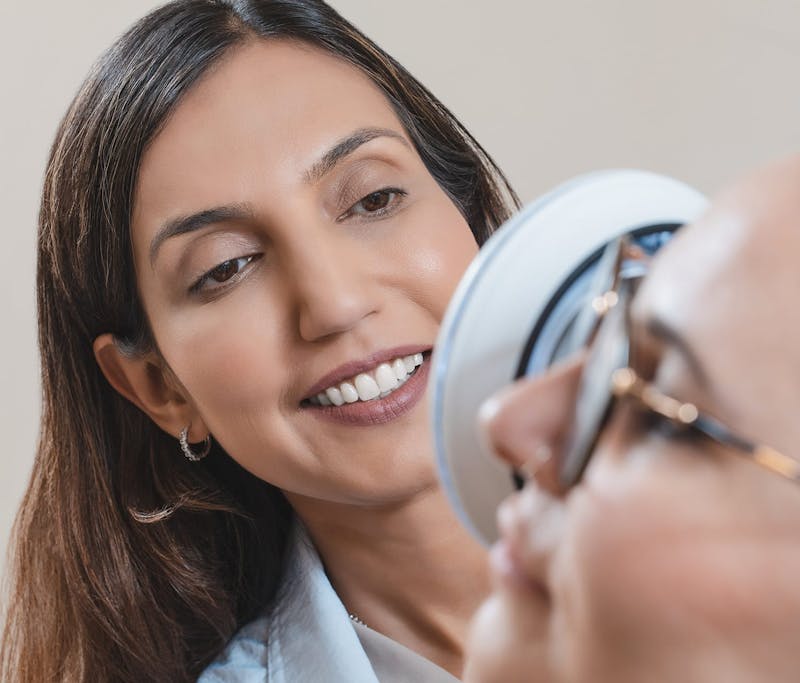
While most patients are familiar with the cosmetic side of dermatology, few are familiar with the term ‘medical dermatology’. Cosmetic dermatology focuses on addressing aesthetic skin issues, such as displeasing skin conditions or signs of aging. Medical dermatology, on the other hand, centers around treating medical issues that negatively impact the health and look of a patient’s skin, hair, and lips. While cosmetic dermatology aims to improve one’s appearance, medical dermatology aims to improve conditions that are affecting their overall well-being.
Medical dermatology treatments then work to control those disorders or diseases that are confined to the skin using a wide range of options. The skin will sometimes show dermatologists that something may be going on with the body internally, and it is through medical dermatology that they analyze the affected area and perform the best possible treatment for a patient’s personal condition.
Comparing cosmetic and medical dermatology
Cosmetic Dermatology
Some examples of cosmetic dermatology treatments include:
- BOTOX and other neuromodulators
- Dermal fillers
- Chemical peels
- Laser hair removal
- Laser skin resurfacing
- Spider vein removal
Cosmetic dermatology procedures are based more on want than need, and they are incredibly popular. Data from the American Society for Aesthetic Plastic Surgery indicates that over 15 million surgical and minimally invasive cosmetic procedures are carried out every year. In recent years, technological advancements have made these procedures even more efficient and economical, allowing patients to undergo treatments on their lunch break and get back to work on the same day.
Medical Dermatology
Some of the most common issues that are addressed with medical dermatology procedures include:
- Acne
- Skin Cancer
- Eczema
- Warts
- Psoriasis
- Rosacea
- Alopecia (hair loss)
- Contact allergies
Some examples of medical dermatology treatments include:
Wart Removal
These unsightly skin growths can develop anywhere on the body but are most often found on the hands and feet. Wart removal treatments can help patients overcome this issue.
Acne Treatments
Acne is a condition that develops when hair follicles get clogged up with dead skin cells and excess oil, producing inflamed bumps of various sizes on the skin. Treatments such as chemical peels and acne extraction can help remove acne bacteria from the skin, reducing the number of breakouts.
Psoriasis Treatments
Psoriasis is classified as a group of chronic skin disorders that can develop practically anywhere on the body. It is estimated that approximately 7.5 million Americans have the condition. Psoriasis detection allows practitioners to understand what form of the condition the patient has and how best to treat it.
Eczema Treatments
Eczema is best defined as a dry rash on the skin that can become irritated when scratched. Treatment of this condition typically requires a combination of creams, ointments, and bleach baths.
Melanoma treatments
Considered to be the most serious type of skin cancer, melanoma develops in the cells (melanocytes) that are responsible for melanin production. They can have multiple causes, including sunburns, having fair skin, a history of moles, etc. It is vital that melanomas be detected early on to prevent their growth. The condition is typically addressed by way of surgical extraction.
What is the takeaway?
Medical dermatology is a totally different realm of dermatology that deals with different issues. While the focus is still on the patient’s skin, the nature of the procedures and the issues they treat are somewhat different. That said, all forms of dermatology are vital for one’s sense of well-being, as aesthetic issues can have an impact on one’s mood and self-confidence.
